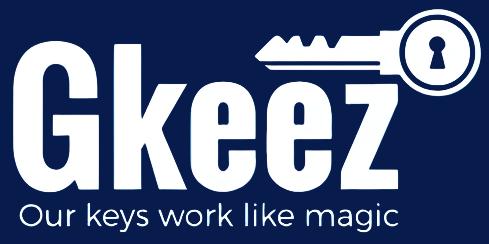Keys Cut to Code

The process of making a key using a lock or key code typically involves a few key steps. Here’s a detailed breakdown using the example of a "Leer topper" with the code 017:
1. Understanding the Lock Code
A lock code is a numerical or alphanumeric identifier that corresponds to a specific key cut pattern or configuration within a locking system. In this example, the lock code is 017. While it may seem simple, this code is unique to the particular lock manufacturer, meaning a code like 017 will result in a different key cut by different manufacturers, even though the number is the same.
2. Cutting the Key
Once the code is determined, the key blank is placed in a key cutting machine. The machine is programmed with the decoded values (depths of cuts) corresponding to the lock code. The key blank is then cut according to the depth settings for each position on the blank
3. Testing the Key
After the key is cut, it is tested in the lock to ensure it properly opens it. If the key does not work it can be due to a number of reasons, such as dirt, rust, or friction inside the lock mechanism. One common solution is to lubricate the lock to reduce the friction, which can help the key turn more easily.








